
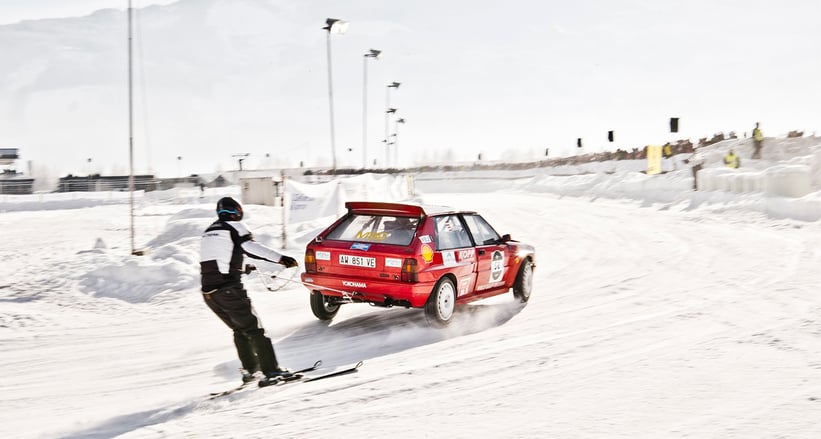
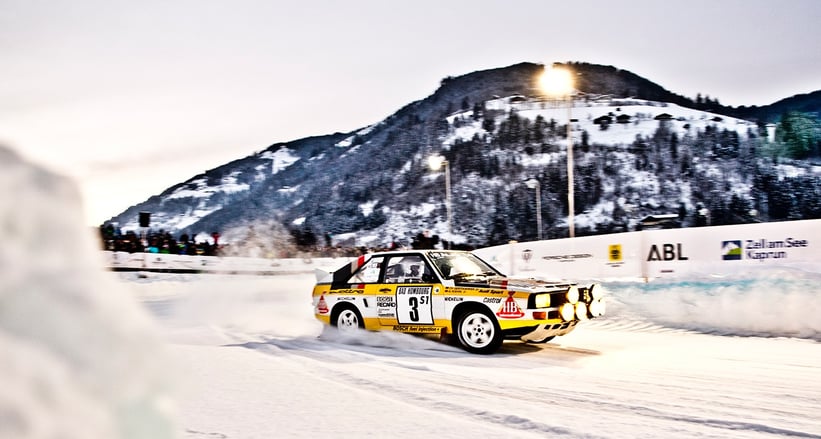
In the end, there are two types of owners in the automotive world – those who tuck up their sports cars in their heated and dehumidified garages as soon as the first snowflakes fall tentatively from the clouds, and those for whom the fun starts with the arrival of the snow, ice, and arctic temperatures.
Naturally, representatives of the latter species were among those who gathered on the ice in Zell am See, Austria, last weekend to test both their driving skills and the laws of physics at the first GP Ice Race. And the love for winter motorsport appeared to resonate with everyone from amateur drivers to rally champions, piloting everything from pre-War racers to modern electric catapults.
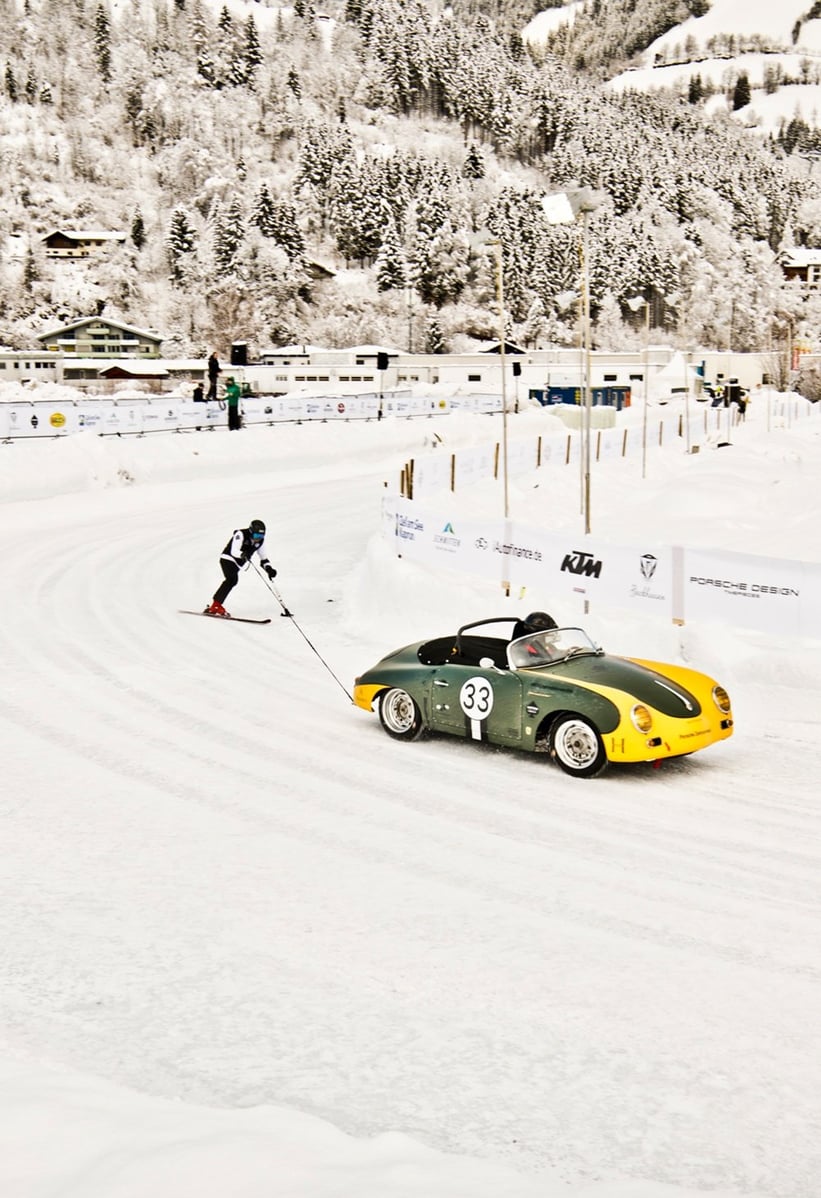
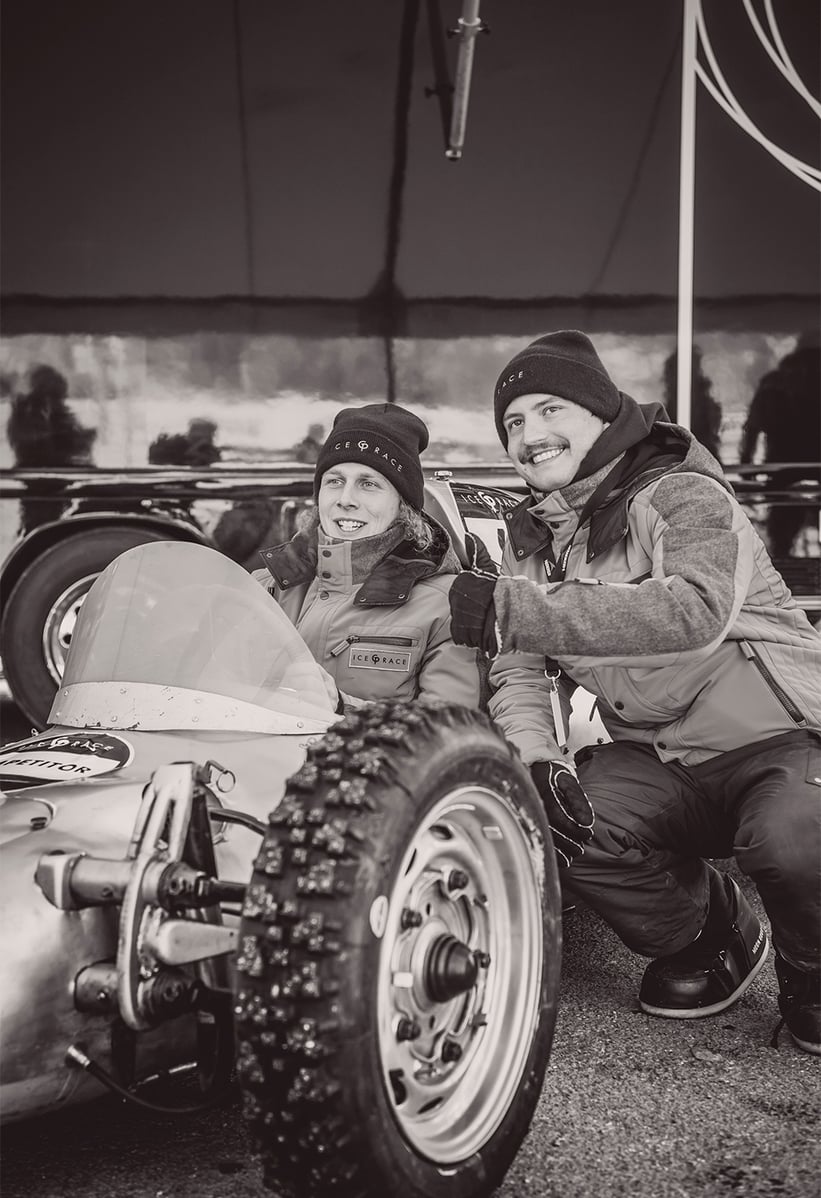
By the 1930s, the first daredevils from Zell am See were strapping skis to their feet and being pulled across the ice by motorcyclists, Nordic skijoring style. It wasn’t until the 1950s when cars began to pirouette in the ice race, which soon bore the name of the great engineer and company founder Ferdinand Porsche. Last weekend, the legendary ice race was revived for the first time in almost half a century. Organised by Ferdinand Porsche, the great-grandson of the eponymous patriarch, and Vinzenz Greger, the first GP Ice Race was a frosty festival of speed that captivated more than 8,000 well-humoured visitors and countless Instagram followers around the globe, proving that good old automotive fun very much still exists.
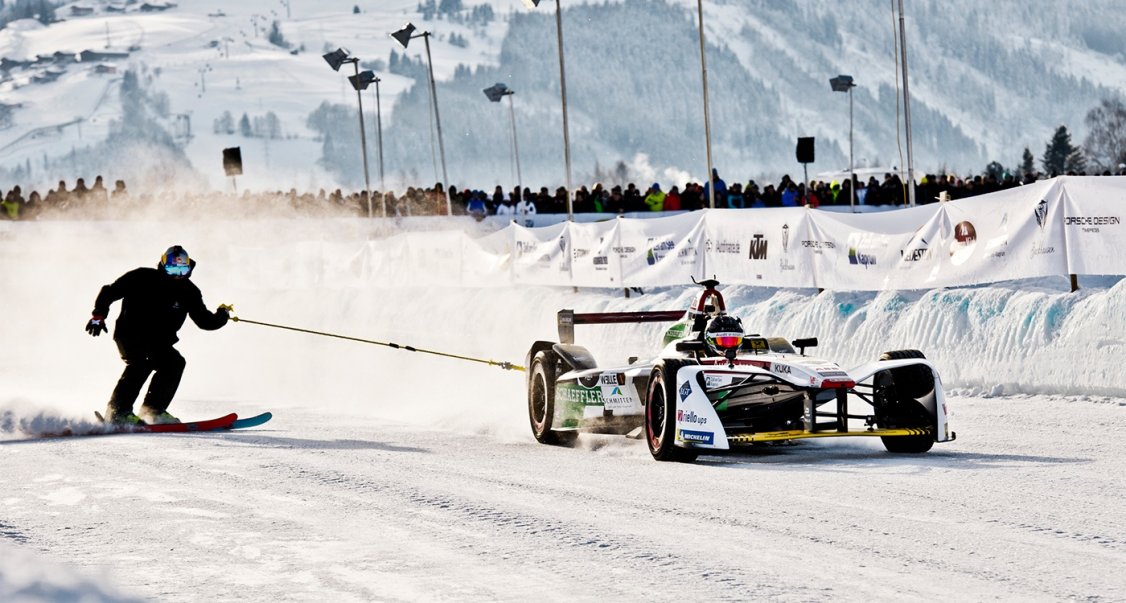
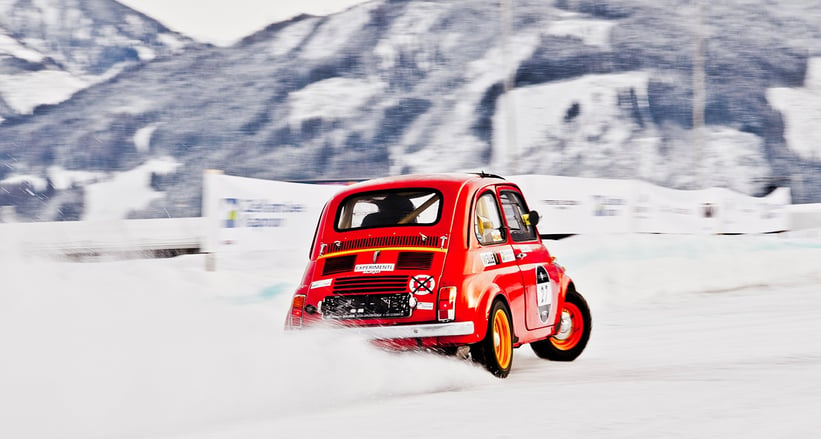
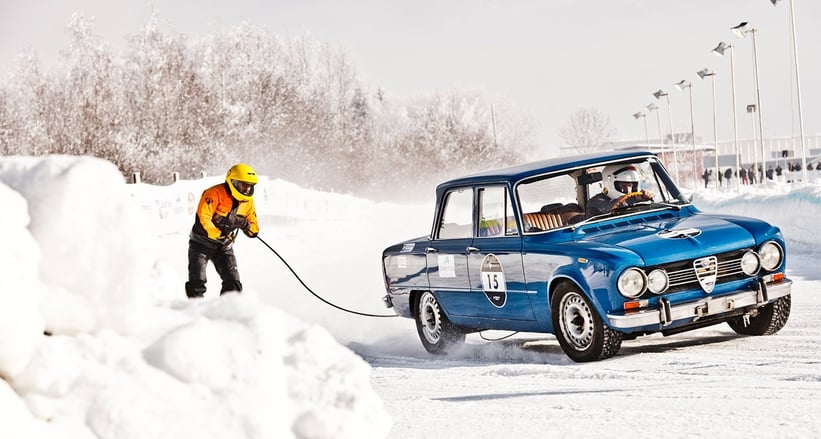
Indeed, the young pair of organisers succeeded in what it feels only the Duke of Richmond can achieve to the same extent – they united the scene in its breathtaking entirety. Hans-Joachim ‘Striezel’ Stuck ventured onto the ice with an Auto Union Type C racer from 1938, while Walter Röhrl demonstrated his propensity for sideways driving behind the wheels of an Audi Sport Quattro S1 E2. Rally driver Jochi Kleint piloted the wild twin-engined VW Golf Pikes Peak from 1987, while Daniel Abt showed that you can even have fun on the ice with a contemporary Audi Formula E car.
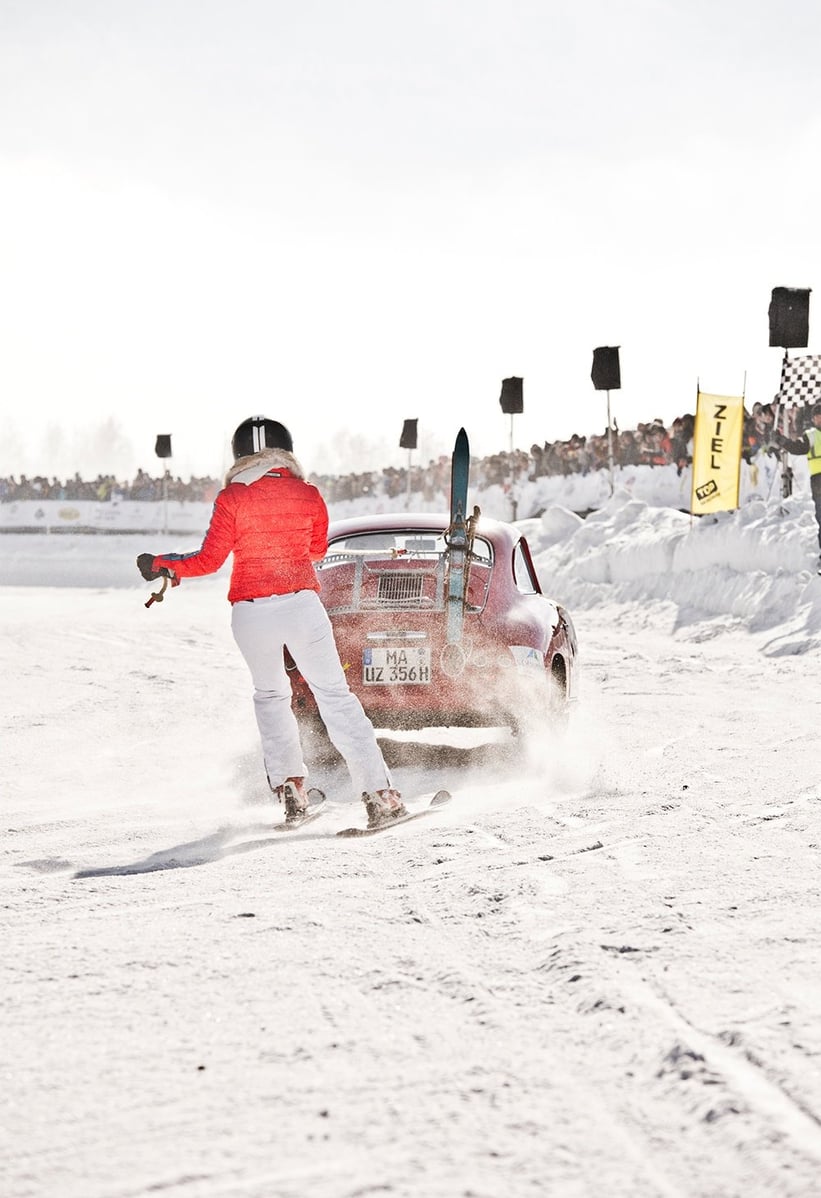
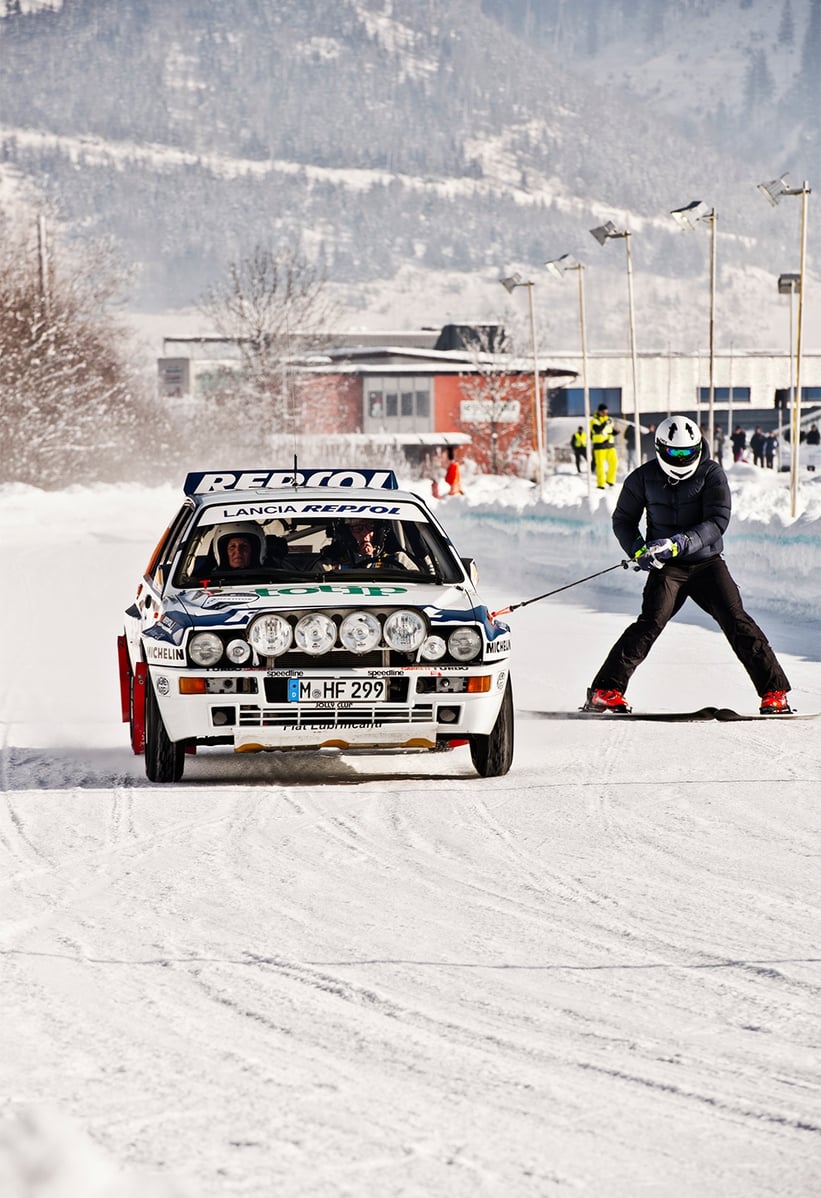
In the competitive races, Skoda factory driver and WRC2 champion Jan Kopecky proved his talent behind the wheel of his Skoda Fabia R5 by placing the fastest times on both Saturday and Sunday and securing the overall GP Ice Race victory.
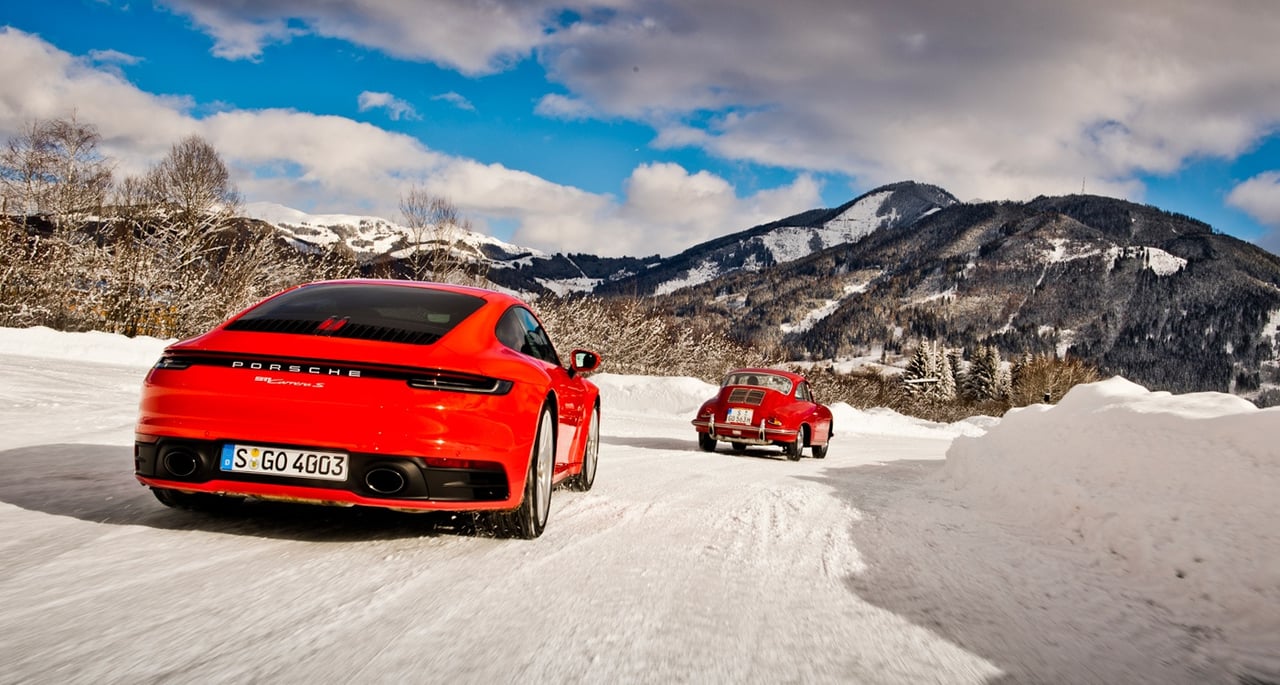
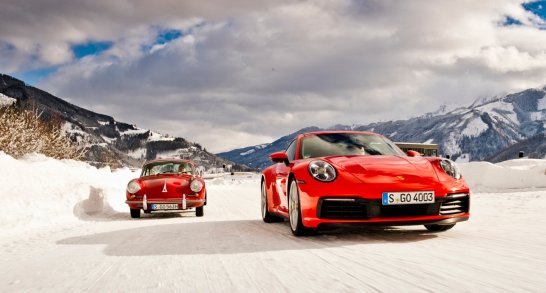
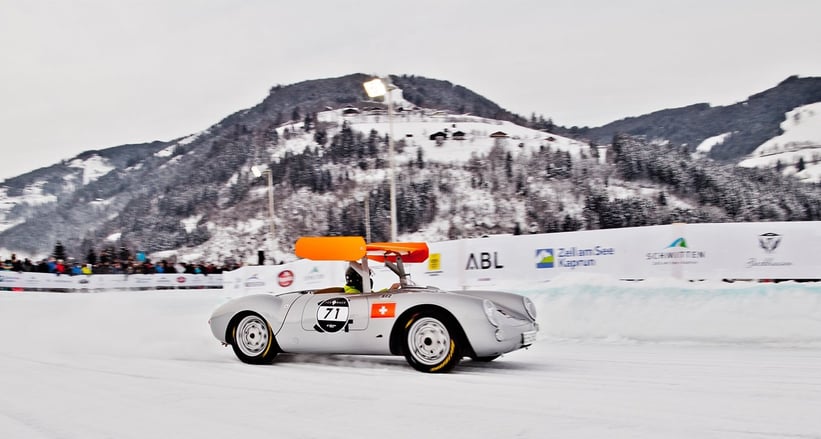
Eugenio Amos’ dark green Lancia Delta Futurista and the bewinged Porsche 550 Spyder from the collection of the well-known collector ‘Powerslidelover’, meanwhile, represented the current sweethearts of the Instagram generation. The new Porsche 911 also made its dynamic debut on the snow having been flown in by helicopter on Friday evening. We were granted the chance to chase the eighth-gen 911 along with its ancestor the 356 for several unforgettable laps of the temporary track.
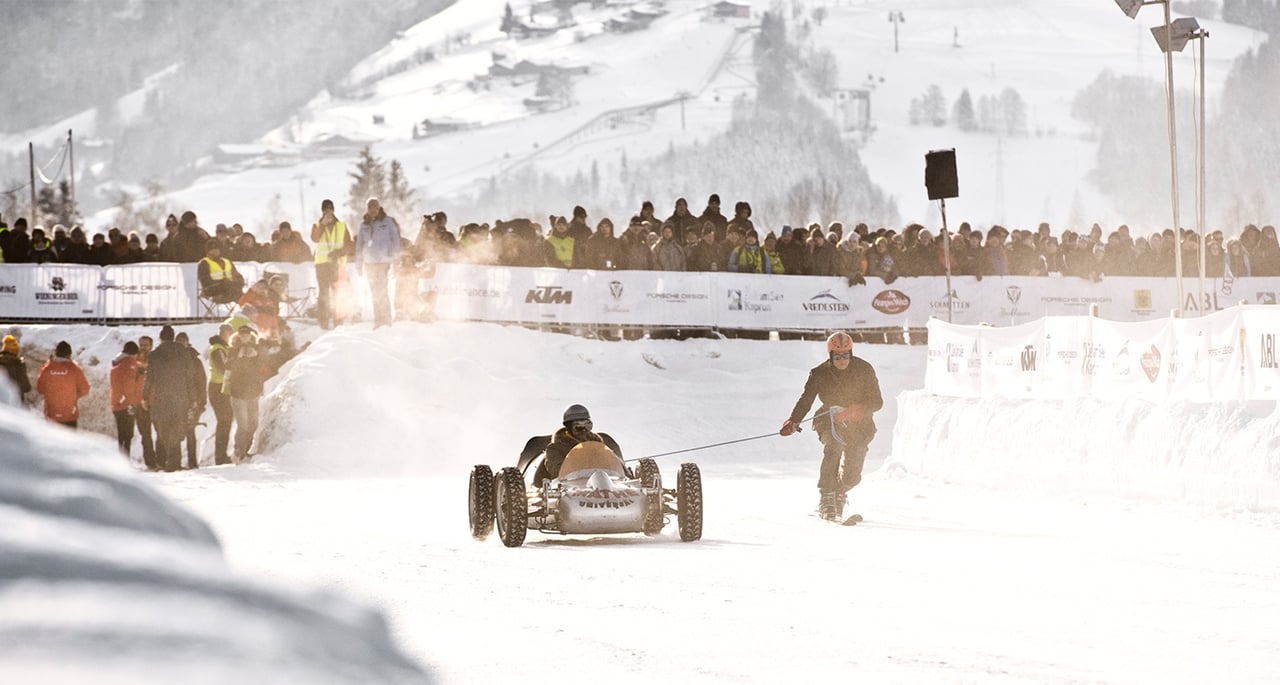


It’s indicative of the sporting and relaxed spirit of the collecting community that an assortment of the most valuable classics on the planet, which can otherwise only be seen at Pebble Beach or Villa d’Este, were sent out onto the ice without any hesitation. They included an Alfa Romeo 8C 2900 that once belonged to Ferry Porsche, an Abarth Porsche 356 with Le Mans and Targa Florio history, and of course the great ‘Fetzenflieger’. Austrian racer Otto Mathé designed the 490kg race car, with its 1.5-litre Porsche engine, in the 1950s. It was thanks to the Hamburg automobile museum Prototyp that the ‘Fetzenflieger’ did not only take to the ice but also turned into a racing ski lift in the skijoring.
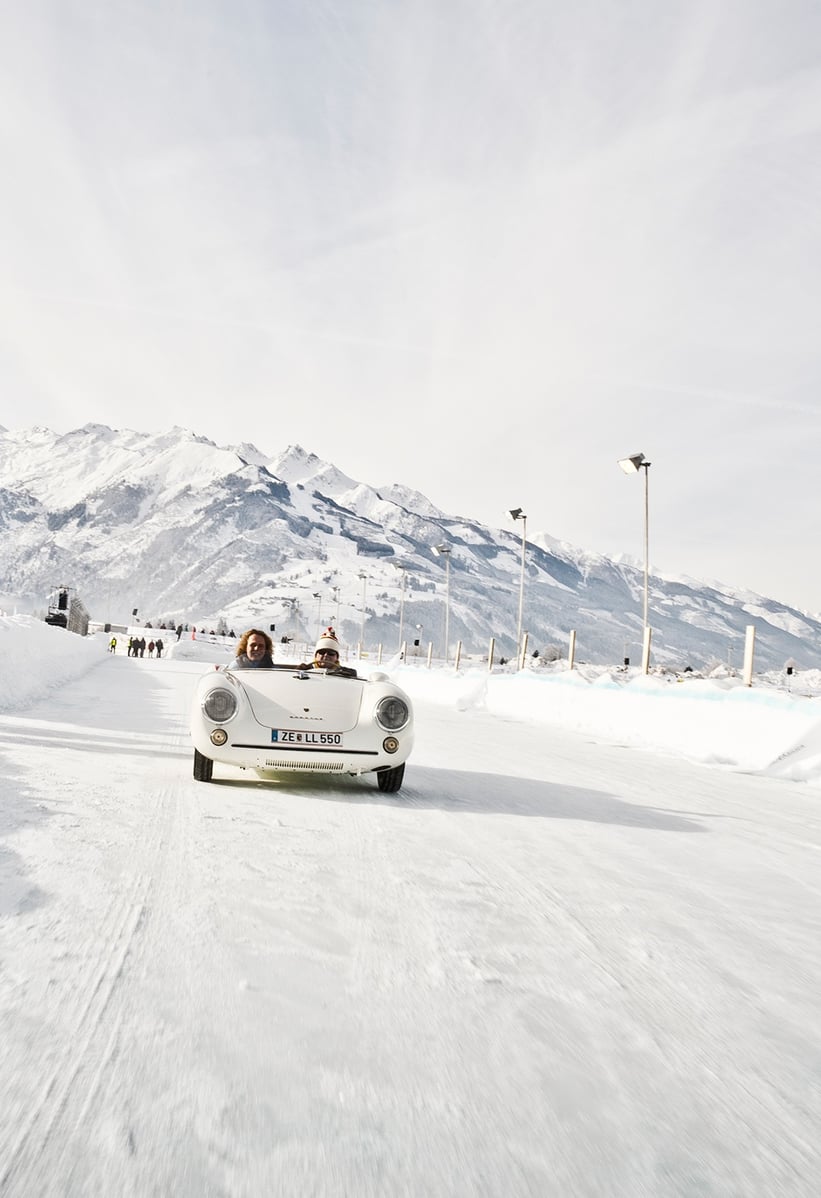
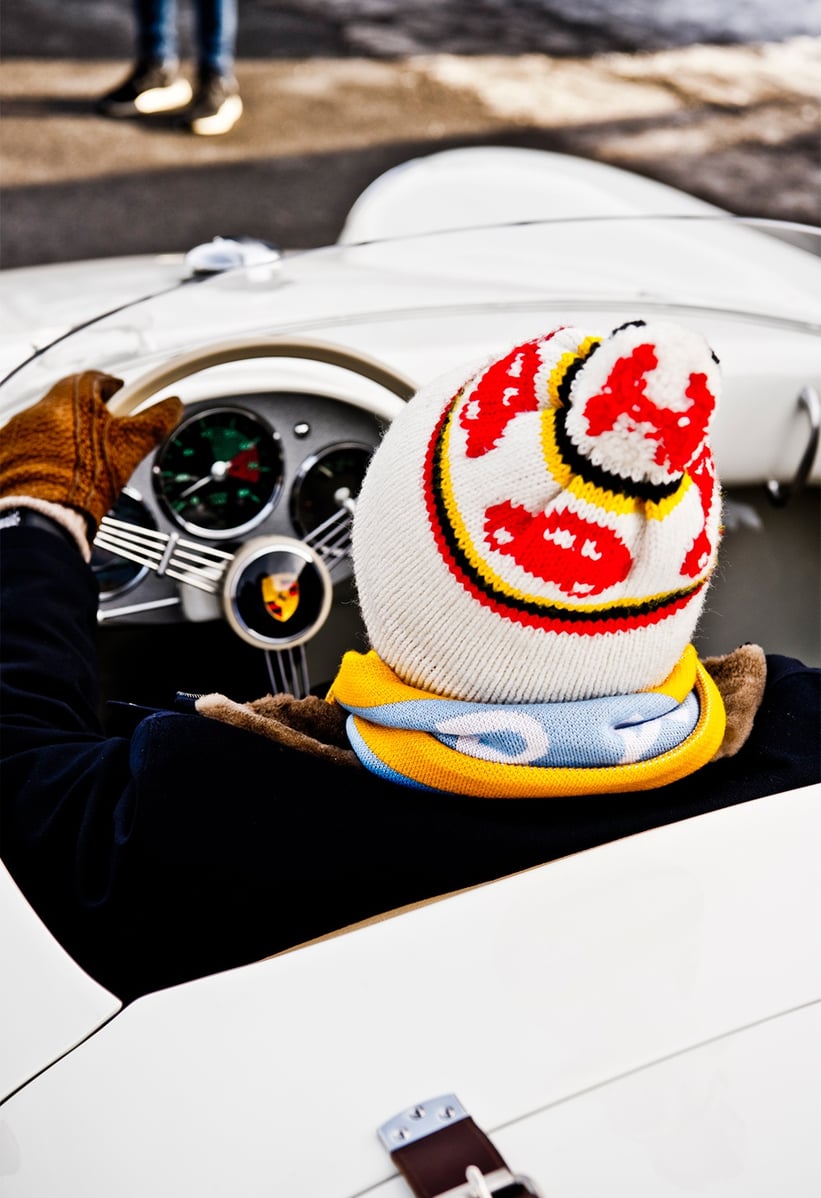
Of all the lasting memories from the first GP Ice Race, we’ll certainly never forget the sight of Dr Wolfgang Porsche wearing a stylish bobble hat and sharing the cockpit of his family’s Porsche 550 Spyder with his cheerful son Ferdinand. A special note of appreciation must also go to the teams who created a first-class automotive ice rink in just a few short weeks. We didn’t think we’d be saying this so soon, but we’re already looking forward to next winter!
Photos: Stefan Bogner for Classic Driver © 2019


































































